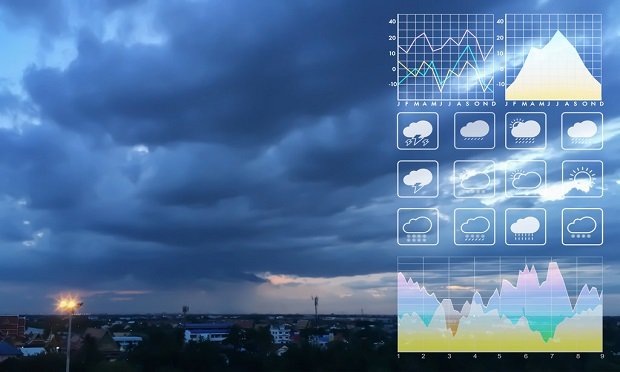 As the climate around the globe changes and extreme weather events become more prevalent, the risk to the agriculture industry increases. (Photo: ekapolsira/Adobe Stock)
As the climate around the globe changes and extreme weather events become more prevalent, the risk to the agriculture industry increases. (Photo: ekapolsira/Adobe Stock)
Weather events are becoming more frequent and disastrous for the agriculture industry around the globe. Natural disasters can happen over short periods of time, like the derecho storm in 2020 that devastated about 14 million acres of corn and soybean crops in Iowa with an insurance liability of about $6 billion. Weather events can also cause long-term damage over multiple growing seasons, as the drought and saltwater intrusion from rising sea levels in Vietnam's Mekong Delta has triggered a decline in rice production for the region.
Recommended For You
Want to continue reading?
Become a Free PropertyCasualty360 Digital Reader
Your access to unlimited PropertyCasualty360 content isn’t changing.
Once you are an ALM digital member, you’ll receive:
- Breaking insurance news and analysis, on-site and via our newsletters and custom alerts
- Weekly Insurance Speak podcast featuring exclusive interviews with industry leaders
- Educational webcasts, white papers, and ebooks from industry thought leaders
- Critical converage of the employee benefits and financial advisory markets on our other ALM sites, BenefitsPRO and ThinkAdvisor
Already have an account? Sign In Now
© Touchpoint Markets, All Rights Reserved. Request academic re-use from www.copyright.com. All other uses, submit a request to [email protected]. For more inforrmation visit Asset & Logo Licensing.







